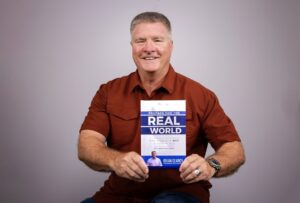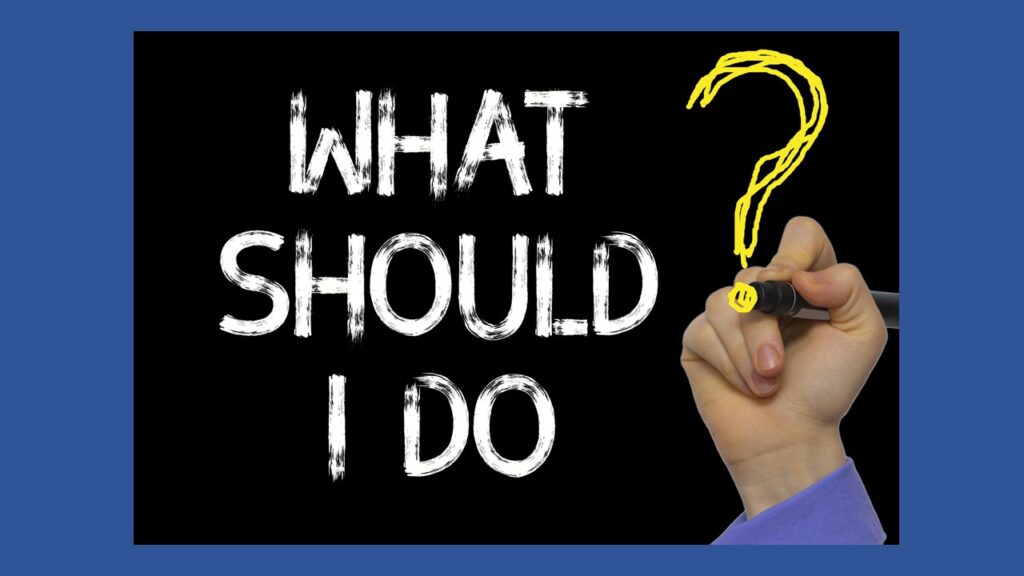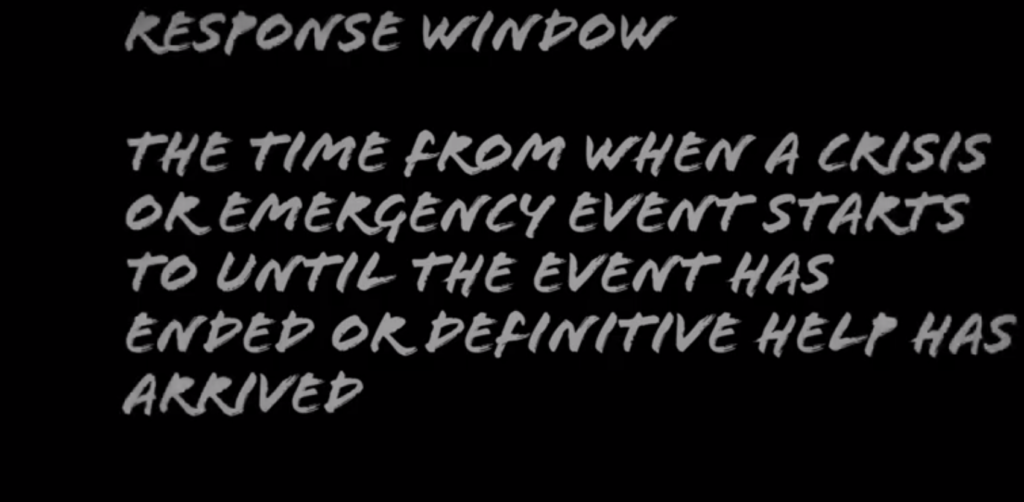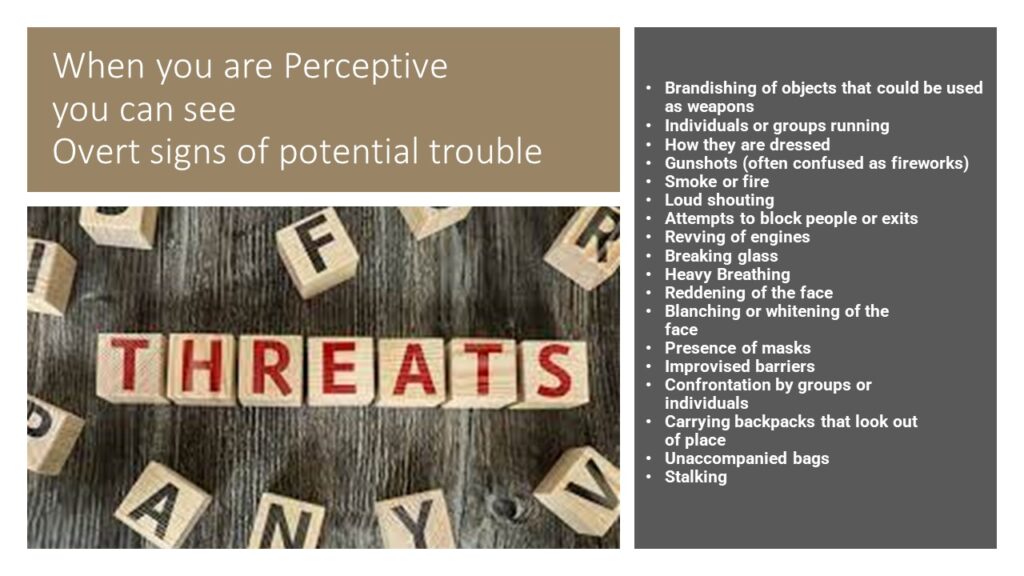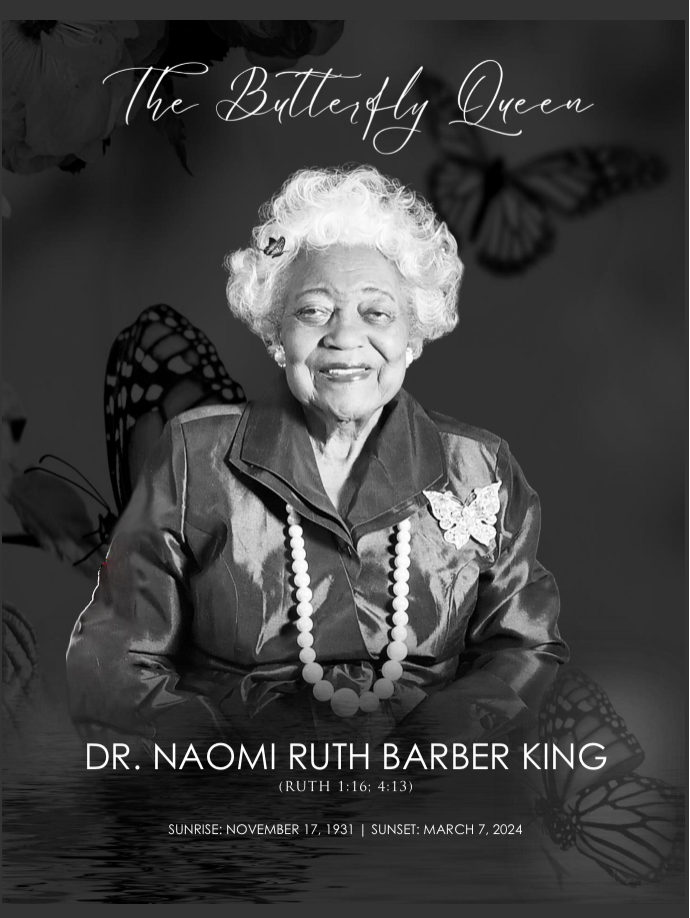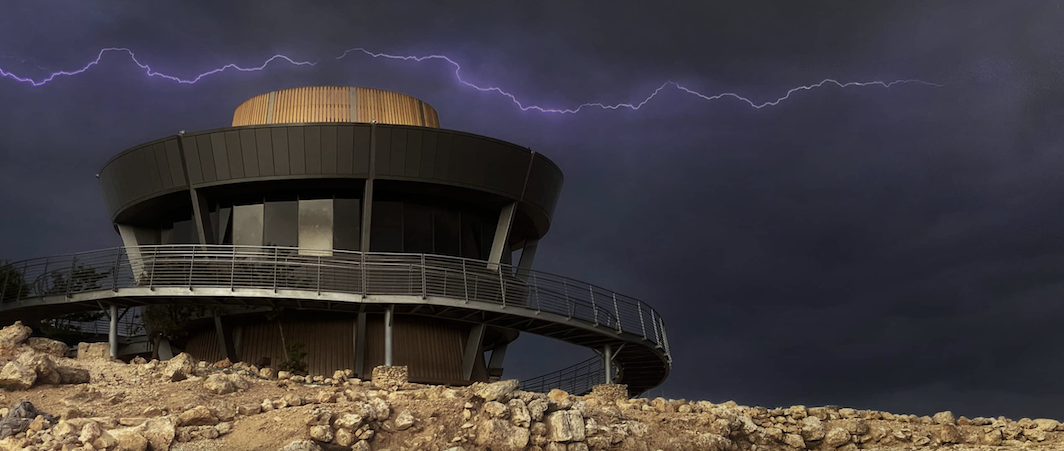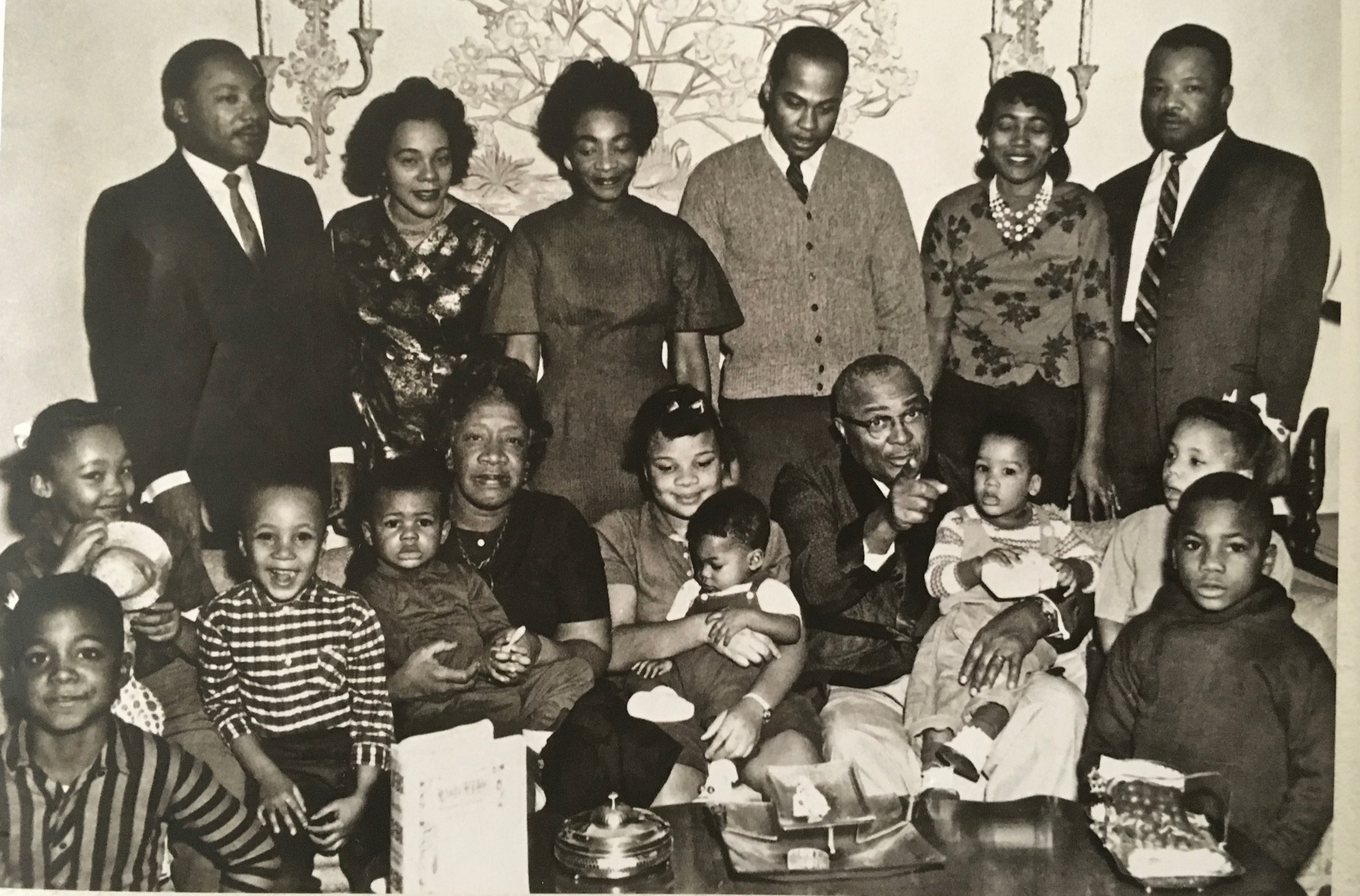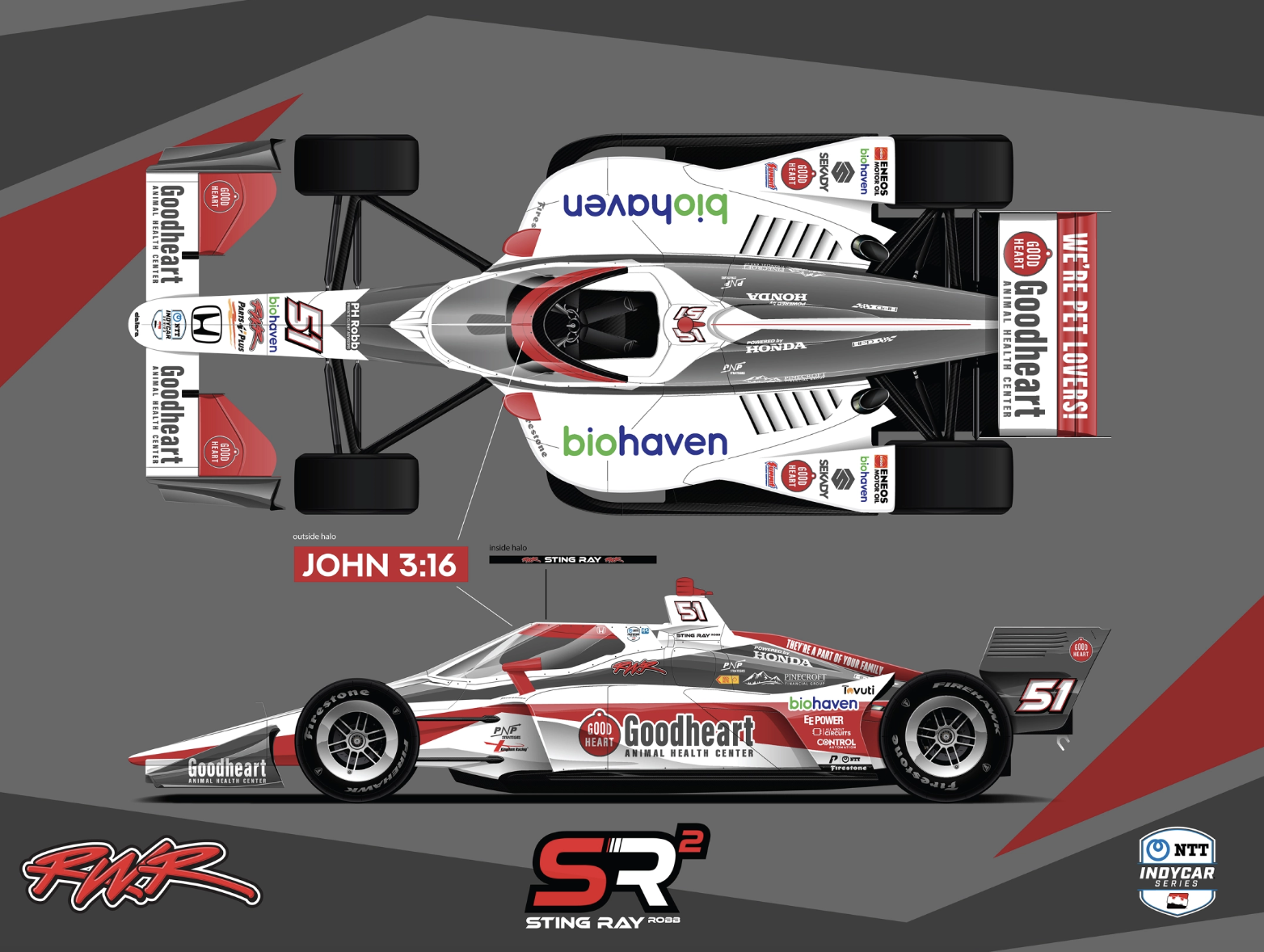October 4, 2022
First Responder: Save a Life – It Might be Yours
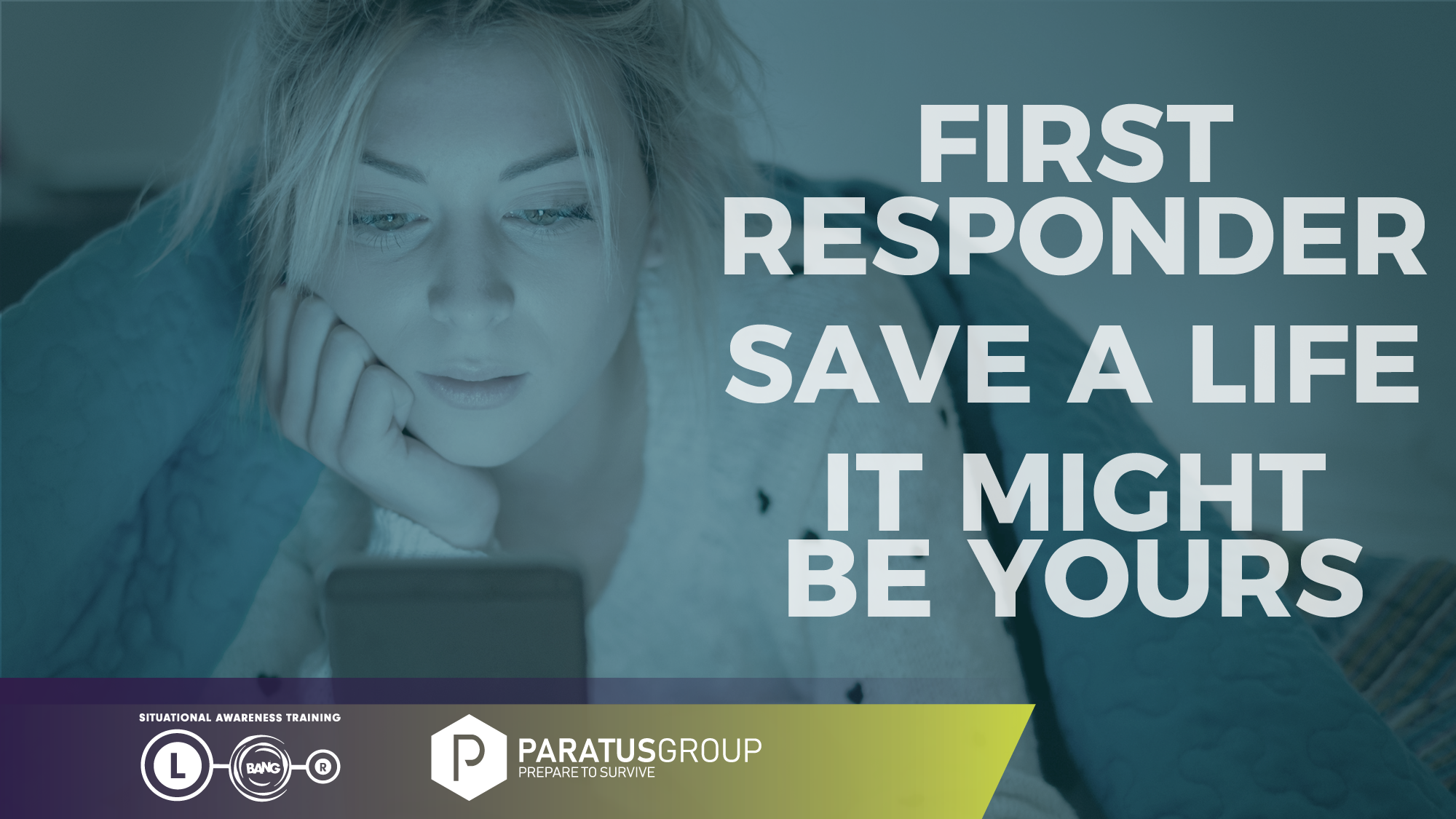
First Responder: Save a Life – It Might be Yours
Figure out what you are capable of doing, and what YOU will do.
Brian Searcy
The First Responder Program is designed to give you the opportunity to develop and learn YOUR Own Personal Habits, Behaviors and Mindset. Remember, these Skills are both Perishable and Contagious.
This slide is in every presentation. Someone telling you what you should do in a situation sets you up for failure. You need to figure out what you are capable of doing, and what YOU will do.
During the introduction to our program we shared how it is important for YOU to think about – Predict – what you are looking for and what you would do if you identify something that gives you the “hair on the back of your neck or gut feeling”.
When you practice your process: Stop/Look/Listen (SLL) to Identify – Assess – Predict, you both learn what normal is, and you fill your library, your “lizard brain” with potential actions.
I know we probably sound like a broken record, but it is important to reinforce the fact that developing these skills gives you the ability to make potential Life and Death Decisions when faced with a Major Incident or an Emergency Situation, to prevent it from happening or prepare yourself to respond.
At the Paratus Group, two key topics we talk about are the Response Window and the distinction between First Responder and Emergency Responder.
The Response Window is that time between when something bad happens (Active Shooter, Assault, Accident, Fire…….) and the time that help arrives.
You are the First Responders!
Building your “library” is critical to you being able to make a “Decision”.
Don’t focus on whether that decision is Right or Wrong…..
The decision that you make will be based on your perspective, experiences, capabilities and most importantly, the situation you are facing. The “bad guy/girl” has a vote, and no 2 situations will ever be the same.
It is important to understand that these decisions Define both “Who” you are and your ability to be “Prepared” to respond.
We have discussed establishing your Mindset and Behaviors using your first 30-45 seconds when you enter a new environment, or a process you use every day.
It is also very important that we add and include some other critical reviews during this process.
For example:
Are you prepared to communicate if you need to make a call to 911? Can you tell them where you are, what the situation/emergency is?
If you have an Emergency Plan, do you know where it is? Have you reviewed it recently?
Do you have a process in place every night before you go to bed to secure your home and your cars/possessions, family? Car doors locked, no personal items left in your car, house doors closed and locked, outside lights on, a plan in place on what you should do if you hear/see something that gives you the “hair on the back of your neck or gut feeling”?
Reviewing where your Tactical Medical Kit with your tourniquet and supplies are located, and more importantly reviewing how to use these tools. If you don’t have one, we recommend you get at least one: In your home, classroom, car, backpack……..get the idea.
Video
Share this Article
